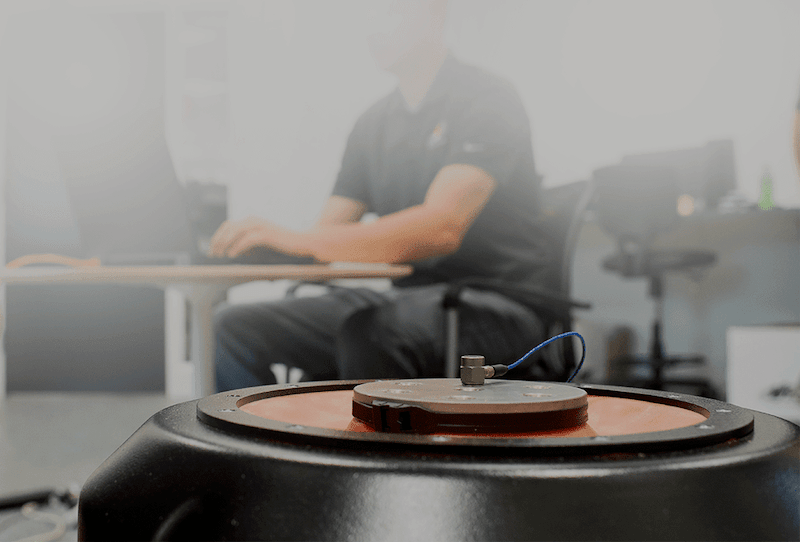
There are at least a dozen reasons why engineers perform vibration testing. It is a standard process in many industries for a good reason. In the long run, vibration testing saves time and money and preserves customer confidence.
Why Vibration Testing?
- With ever-changing competition and innovation, manufacturers want to bring new products to market quickly without losing money on warranties or sacrificing the confidence of their customer base.
- The testing industry is relying more on virtual validation with “digital twins”: digital representations of a physical product. Engineers need reliable data to establish a product’s material properties, define accurate model parameters, and confirm boundary conditions.
- Warranty costs at the component, subsystem, or product level are a major obstacle. Supply chains often make subtle modifications to a design via alternate materials, unverified tier-x components, or differing design/manufacturing processes without adhering to contractual change management guidelines. These changes can result in serious performance, safety, and reliability concerns.
- Fasteners almost always appear to be sufficient in analysis but lead to a significant number of re-designs, particularly for circuit cards in vehicle battery packs and power electronics modules. Brackets for various vehicle control modules and heat shields often fail vibration testing due to poor positioning of resonant frequencies that were not caught during design analysis.
- While we are familiar with things that break, we often take for granted those that do not. For example, many early electric vehicle components were over-designed. With more experience in the field and a push to increase production, engineers are increasingly driving out the cost of overdesigning. Vibration testing is key to equalizing the design process and associated costs without endangering the safety, performance, and reliability of the parts.
- Vibration testing allows engineers to track reliability growth to anticipate the time to produce a commerce-ready part. Some complex products necessitate dozens of design turns to achieve the design targets. They apply the lessons they learn to the next generation of hardware or software.
- Some designs work on paper, are manufacturable, and perform fine on the bench. However, stack-up issues found in vibration testing can be devastating to what otherwise appears to be an excellent product.
- Counterfeit components, particularly at the circuit card level, can be difficult to identify. However, counterfeit parts generally do not perform as well, and, in many cases, engineers have caught them through post-vibration test failure analyses.
- Running changes require continuous rounds of testing to confirm that the change (often to remove cost from the design or manufacturing process or to introduce new features to the market) does not adversely affect safety, performance, or reliability.
The bottom line: while product testing is expensive and time consumptive, it is more efficient than recalls and product liability costs. Warranty campaigns, even for simple fixes, start in the tens of millions of dollars, not to mention the intangible costs of lost consumer confidence.
If you’re looking to get started with vibration testing, you can download a free demo of the industry-leading VibrationVIEW software.
